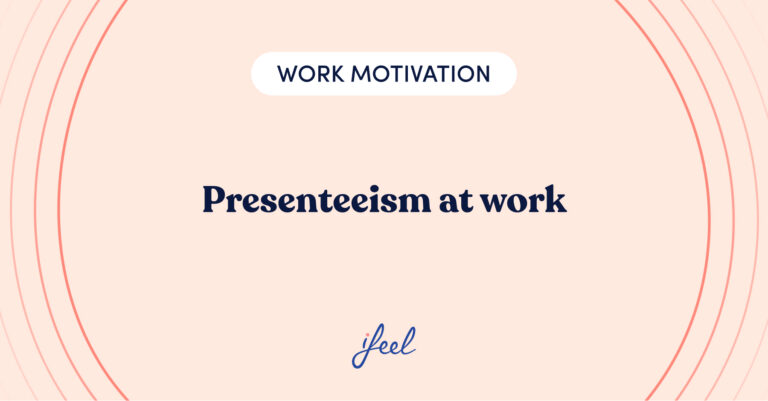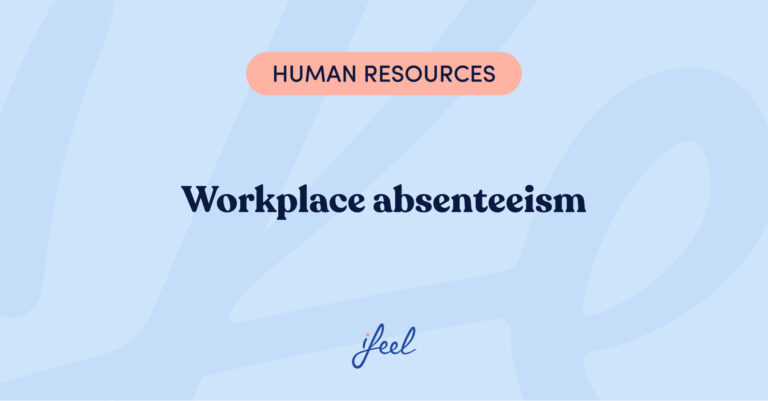As every 8th of March, the reality of women in the labor market is again in the spotlight. Advances achieved over the decades and claims about issues that, for various reasons, are still pending resolution are combined these days within a general reflection on the reality of women in the labor market.
It is a complex and diverse scenario that varies according to countries, sectors, professional profiles, age groups, levels of training, and many other factors that we can consider, but with a constant underlying theme: it is urgent to break the vicious circles that allow the situation of inequality between women and men in the workplace to be repeated over and over again. This will benefit companies and, of course, everyone’s well-being, particularly women.
Glass and women in the labor market
When discussing women in the labor market, it is essential to remember that glass is not the friendliest material for their professional development. Situations such as the glass ceiling and the glass cliff undermine the possibilities of many women to improve their working conditions and advance in their careers, with the added bonus of seeing what they want, need, or deserve but never get to touch because of the structural dysfunctions of the system.
In the first case, we speak of the glass ceiling to refer to the invisible, but existing, ceiling that many women encounter when it comes to moving up or advancing within their jobs. They know that they can keep moving up, but “coincidentally”, a man always overtakes them from somewhere.

The case of the glass cliff is a typical example of a poisoned apple applied to women in the labor market: they are allowed to break the glass ceiling and gain access to positions of power, but only in situations where companies are going through severe crises. This way, there is a high probability that they will be unable to rescue the company, and then the belief that women should not be trusted with such responsibilities is confirmed.
These are just two examples of sexism that many women experience daily at work, but there are many more. If you want to know more about them, don’t miss out on our analysis on this subject in our article 12 examples of sexism at work that may ring a bell.
Lack of time: stress and lack of work-life balance
When work is a problem for life and life is a problem for work, it is challenging to establish a solid and, more importantly, enjoyable commitment to a professional career. This is what happens when we talk about one of the most notorious consequences of the inequalities that many women suffer in the workplace: the double workday, on the one hand, and on the other, the domestic one (childcare and home care in an unbalanced way compared to their male partners), which are enormously stressful.
In addition, the shift from on-site work to remote work and back to on-site work -even if only partially- greatly influences the quality of life of all workers, especially those women who already had difficulties reconciling work with the other aspects of their lives.
Presence is noticed
We all know that commuting between our home and our workplace takes time. It is estimated that, on average, one hour a day is spent on these transfers alone, if not more. Precious time could be invested in other activities, which, when we consider women in the labor market, has great relevance as long as it is well used.
Let us not forget that not having that time available because of having to work in person can be an added burden, especially if that presence is avoidable or unjustified. However, it should also be borne in mind that remote work was also a source of stress, especially for women who lived with young children or other dependents and, in addition, had to take care of their jobs.
How does inequality influence work?
Talking about women’s workplace situation often boils down to speaking of inequality in relation to men. This imbalance can be seen in different areas, among which we could highlight two. Firstly, inequality in economic conditions and precariousness in contracts gives rise to what is known as the gender pay gap. On the other hand, there is the inequality of opportunities for training (due to lack of time, economic resources, or support from the company), which hinders professional development and, therefore, promotion.
Unfortunately, these labor dynamics lead to a level of female unemployment that tends to systematically surpass men’s, with the social, family, economic, and psychological consequences that this entails.
Indeed, the restriction of women’s opportunities for professional advancement does not come out of anywhere, nor does it translate into anything. It generates frequent frustration with their aspirations and a high level of psychological burnout in those who suffer from it.
All this calls for intervention at various levels to correct this situation, which undermines women’s quality of life and seriously harms companies: the companies in which they work, the companies in which they could work, and, ultimately, the companies to whose success they could contribute if they were allowed to do so.

Fostering emotional well-being in organizations
Making our way professionally is everyone’s responsibility, but it is strongly conditioned by socio-political phenomena that we cannot ignore. These conditions, sometimes deeply rooted and resistant to change, generate disadvantages and prevent many women from developing their professional careers as they would like to. As indicated, this generates different types of damage to society as a whole, but of course, to companies and women workers.
Focusing particularly on this psychological element, at ifeel, we offer you our global emotional well-being program for companies, designed by our team of expert psychologists in well-being at work. This collaboration allows managers in the People, Talent, and Human Resources area to receive personalized, data-based advice on the best care for the psychological well-being of the teams under their charge.
Do you belong to your organization’s Human Resources department? Try our program now to see how it could help you.
In addition, our program offers all employees a complete mental health care service that includes emotional support and online therapy with one of our professionals.
Moreover, in our Resources section, you can find different materials, such as podcasts, HR guides on various topics (e.g., employee experience or how to design a good HR strategy), or Interviews with leading HR managers. In addition, we have a Psychosocial Risk Factors Template, which you can use to comply with the requirements of the Labor Inspection.
We hope you found this post on women in the labor market interesting. If you would like more information about our emotional well-being program for companies, all you have to do is request it, and we will contact your team as soon as possible.
What is celebrated on the 8th of March?
On the 8th of March, we celebrate International Women’s Day worldwide to highlight the reality of work for millions of women and the inequalities to which they are unjustly subjected.
Is a day like the 8th of March necessary?
Of course, to the extent that it points to an actual labor situation that must be corrected and serves to raise awareness in different sectors, including the business sector, to make decisions aimed at this.
What are the consequences of unequal treatment of women in the labor market?
The discrimination, lack of opportunities, and resignations to which many women are subjected in their professional careers generate enormous psychological discomfort in them and, in addition, cause companies to discard very valuable employees who could add a great deal to the project.
What can companies do to improve women’s employment situation?
Take concrete decisions aimed at eliminating discrimination, preventing phenomena such as the glass ceiling, facilitating access to different career development paths that take into account the reality of women in the labor market, and investing in female talent in the same way that they invest in male talent.










